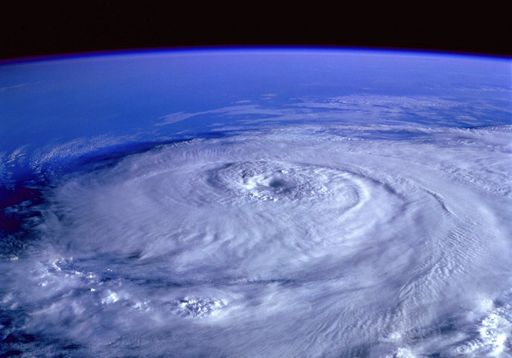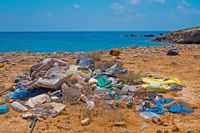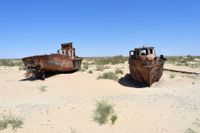What does climate change have to do with hurricane devastation?
Following Hurricane "Helene", which caused massive destruction in the USA two weeks ago, "Milton" has now hit the west coast of Florida. With wind speeds of up to 195 km/h, it again caused serious damage and fatalities. Scientists see climate change as an intensifying factor for such extreme weather events. Warmer sea water promotes the formation and intensity of hurricanes by allowing more evaporation and release of energy. Without human-caused climate changes, storms like "Helene" and "Milton" would have been less powerful, in terms of both rainfall and wind strength.
Hurricane Formation
The hurricane season extends from June to November, and these storms form over warm sea water that reaches at least 26 degrees Celsius. This heat leads to the evaporation of large amounts of water, after which moist air rises into the atmosphere. At altitude, this air cools, the water vapor condenses, and releases considerable amounts of heat in the process. This released energy intensifies the storm by reducing the air pressure and accelerating the rotation. The resulting spiral winds, which spin faster and faster, are characteristic of hurricanes and drive their destructive force.





